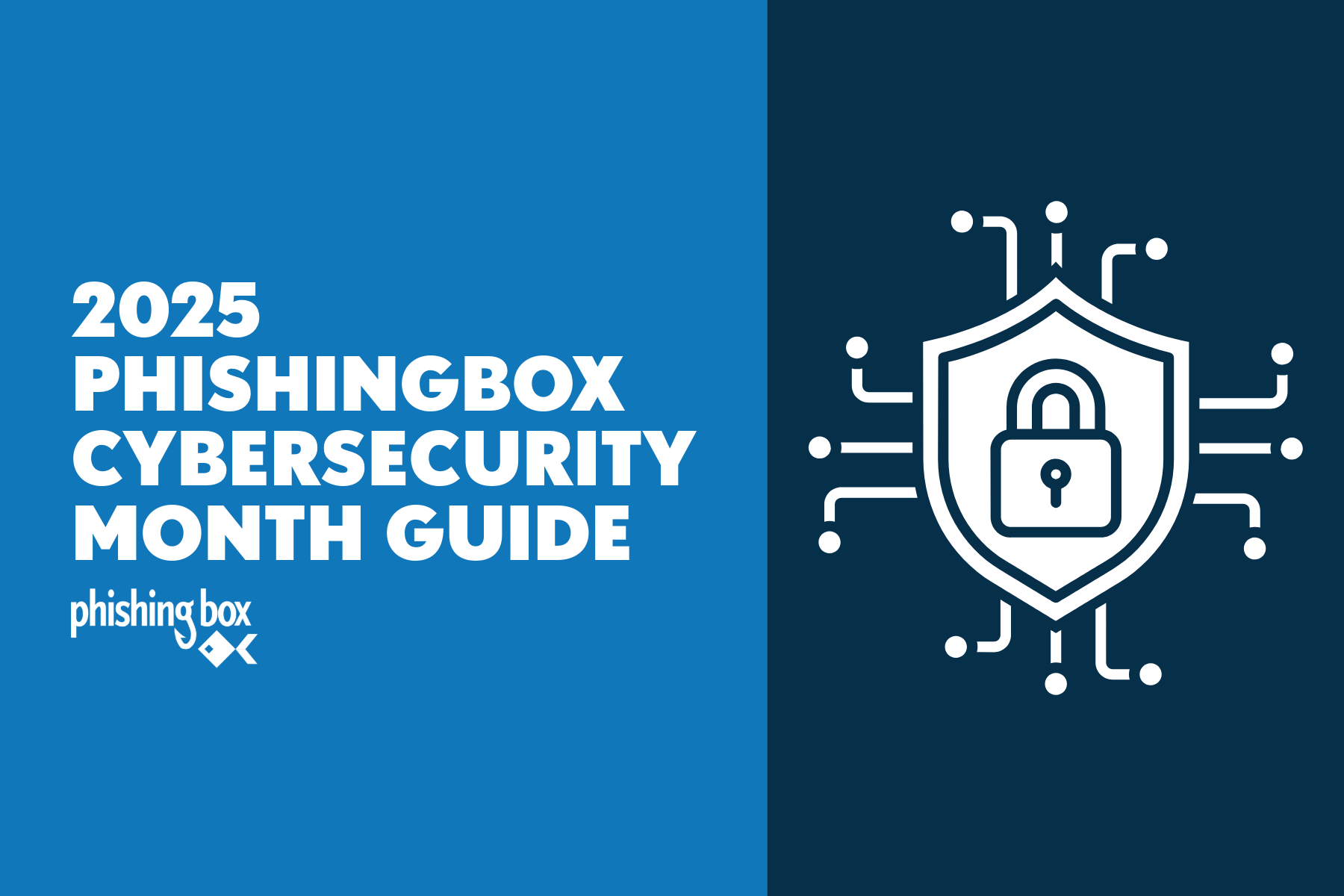The relationship between security awareness training, phishing testing, and cybersecurity insurance policies is crucial for managing cyber risks and staying compliant with your specific policy.
Security awareness training empowers employees with knowledge and skills to stay secure at work and home. It helps prevent common threats like phishing, which is involved in an overwhelming percentage of data breaches.
Cyber insurance focuses on minimizing financial damages in the event of a successful breach. Integrating regular phishing simulations and robust security training into your workflows demonstrates an organization’s commitment to risk management, potentially influencing insurance terms and costs.
In essence, awareness training reduces exposure to threats, while insurance transfers some risk to carriers without lowering overall cyber risk (but covering you in the event of a breach).
1. Risk Mitigation and Policy Requirements
Risk Reduction:
Security awareness training and phishing simulation programs help employees recognize and avoid phishing attacks. Insurers view this as a proactive risk mitigation measure.
Policy Requirements:
Many insurers now expect organizations to implement security awareness training as part of their cybersecurity practices in order to remain compliant with their policy in addition to paying policy premiums. It demonstrates due diligence and a commitment to safeguarding sensitive data.
2. Demonstrating Compliance
Industry Standards:
Compliance with industry standards (such as NIST, ISO, or CIS) is crucial for cyber insurance eligibility. Security awareness training aligns with these standards.
Employee Training:
Insurers may inquire about employee training programs during policy underwriting. Demonstrating a robust training program is in place with reporting metrics and data showing decreased likelihood of employee phishing failure rates can positively impact coverage terms and premiums.
3. Incident Response Preparedness
Phishing Simulation:
Regular phishing simulations prepare employees for real-world attacks. Insurers appreciate organizations actively testing and improving their incident response capabilities.
Breach Response:
Having well-trained staff who can respond effectively to breaches reduces the severity of incidents. Insurers recognize this and may adjust policy terms accordingly.
Conclusion
In today’s threat landscape, cybersecurity insurance typically requires a level of security awareness training and phishing testing. By incorporating security awareness training and phishing simulations, organizations not only enhance their security posture but also meet these policy requirements. Remember, a well-informed workforce is a critical line of defense against cyber threats! 🛡️💡


